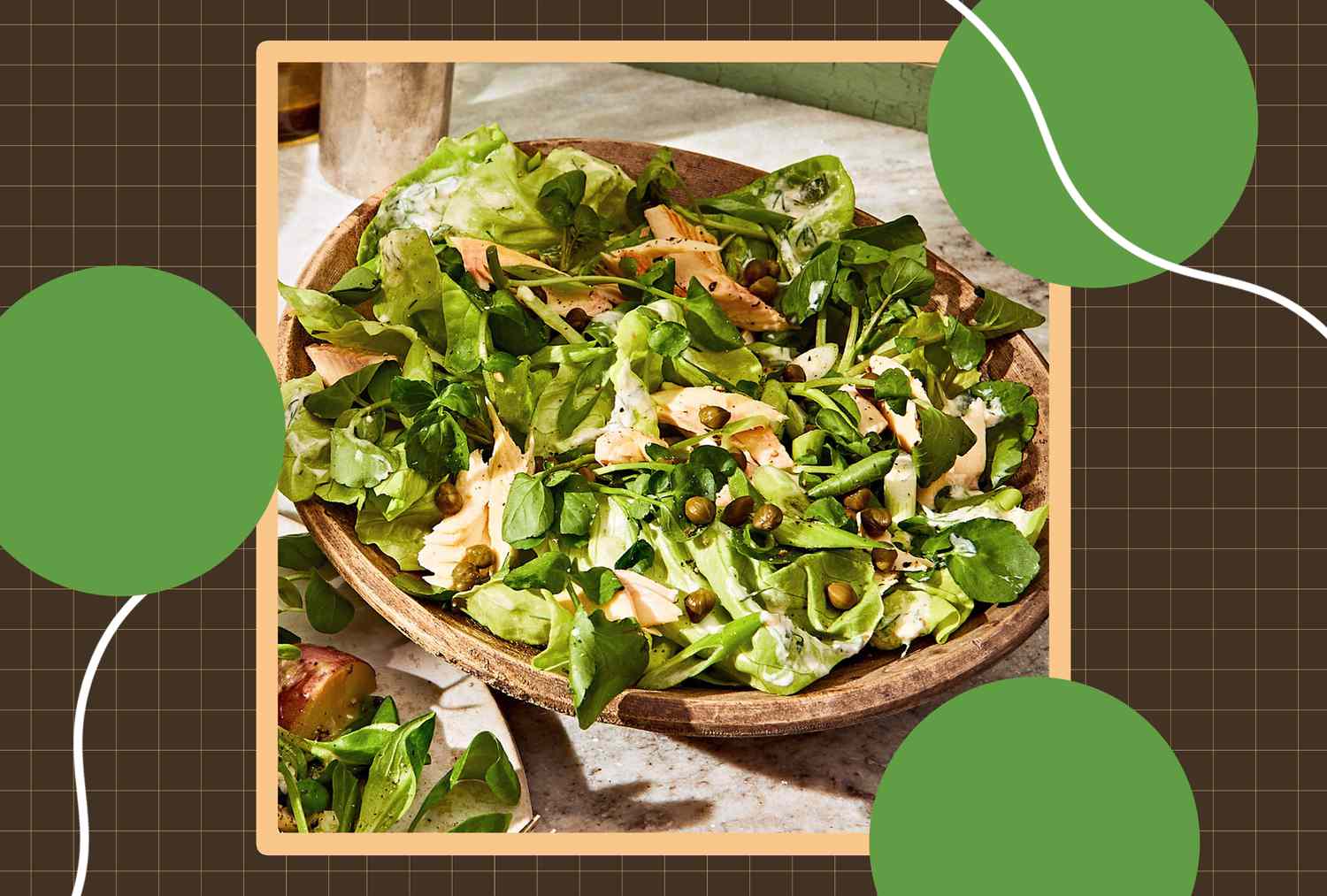
Key Takeaways
- Trout offers many of the same nutritional benefits as salmon: omega-3s, vitamin D, selenium and protein.
- It’s a thin fish that’s quick and easy to cook.
- Trout has a mild flavor that may be more appealing to some and pairs well with basic seasonings.
I love my work as a registered dietitian and chef, but convincing clients to eat more fish is more challenging than I ever expected. Many of them are open to the idea, but the resistance begins when we discuss actually putting the plan into action. Some simply dislike the taste and smell. However, for many, the biggest hurdle is not knowing how to cook it. That’s why I like to recommend that they try one of the most underrated yet most approachable fish: trout. Here’s why this fish deserves a spot on your plate.
It’s Like Salmon but Different
From a nutrition standpoint, trout has many similarities to salmon. For one, it’s an oily fish and rich in omega-3 fatty acids, which can help with everything from reducing inflammation to promoting heart health. The two fish also provide relatively equivalent amounts of protein—22 grams per 3-ounce serving of salmon and 20 grams for 3 ounces of trout. Protein is an essential nutrient for metabolism, hormone production and building and repairing body tissues.
Lauren Manaker, M.S., RDN, LD, also likes trout because it’s a natural source of vitamin D—a nutrient many of us don’t get enough of, yet is critical for bone and immune health. She also points to its selenium content, which is important for thyroid health.
While a nutritious option, there are a few things to consider when choosing your trout. First, smoked and cured versions are typically high in sodium. If you’re trying to watch your salt intake, Manaker recommends reading nutrition labels carefully and adjusting your serving size accordingly. When purchasing fresh trout, especially farm-raised, Manaker says it’s a good idea to look for certifications from organizations like the Aquaculture Stewardship Council (ASC) to ensure you’re supporting sustainable fishing practices.
Why Is Trout So Underrated?
When it comes to the healthiest fish to eat, salmon tends to hog the spotlight. Its popularity has made its availability more widespread than trout, which means you can find salmon in almost any grocery store and on many restaurant menus. It’s taken over the internet, too: Just type the word “salmon” into a search engine, and you’ll find no shortage of articles, peer-reviewed studies and recipes encouraging you to eat more of this pink-fleshed fish. Salmon is indeed a great fish, but it can be challenging to cook and tastes “fishier” than many other fish, which can be off-putting to some.
The solution? Try trout! It’s packed with nutrition, but it’s less intimidating to cook than salmon. Because it’s a thinner fish, it cooks faster and more evenly than salmon. This makes it an excellent weeknight meal that can quickly be prepared on the stovetop or grill. It also has a mild flavor, making it a good option for people who want to eat more fish but are put off by “fishy” smells and tastes. Plus, this means you don’t have to rely on heavily flavored sauces to make trout enjoyable—a few herbs and spices and a simple splash of lemon juice will do the trick.
Easy Ways to Enjoy Trout
If you’re new to trout, I suggest keeping it easy. Season with salt and pepper, then finish with some fresh herbs—like parsley or chives—and a squeeze of fresh citrus. For cooking, sauté fillets in a mixture of butter and extra-virgin olive oil and garnish with some toasted, buttered bread crumbs and lemon zest. Or add trout to a grill and cook alongside a variety of vegetables, like squash and asparagus. Manaker also recommends flaking cooked trout and adding it to a colorful salad, mixing it into a pasta dish or using it as a topping for your morning toast alongside some smashed avocado.
Recipes to Try Trout In
The Bottom Line
If you’re ready to enjoy more fish and are tired of (or dislike) salmon, give trout a try. Like salmon, trout is packed with heart-healthy omega-3 fatty acids, protein and essential vitamins and minerals, like vitamin D and selenium. It’s also quick to cook and has a mild flavor that tastes great with simple seasonings and preparation.
